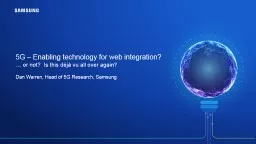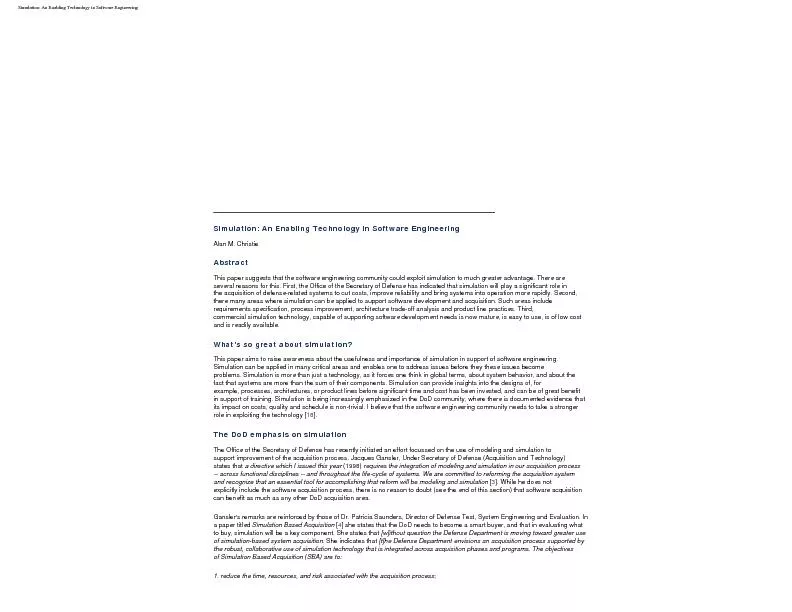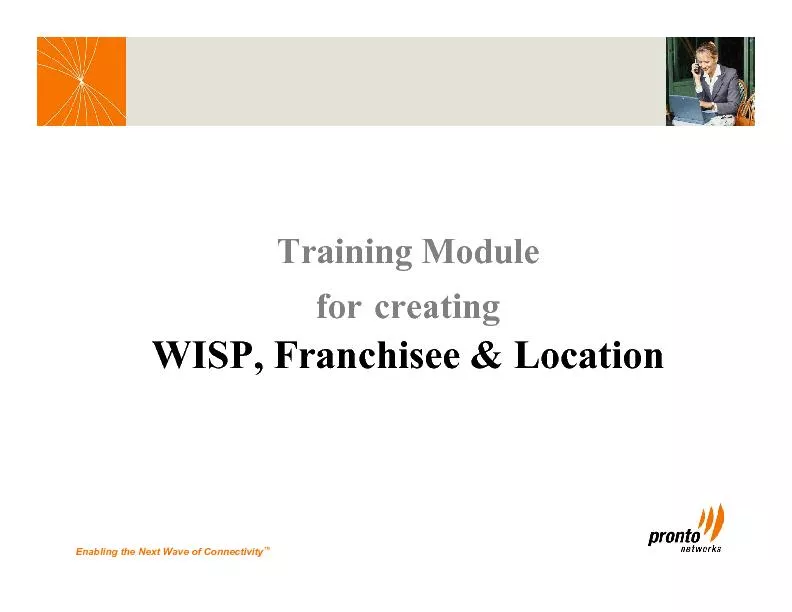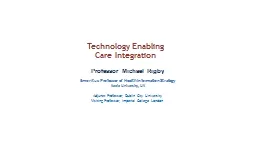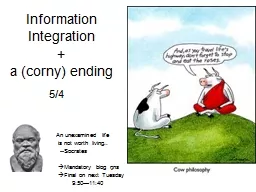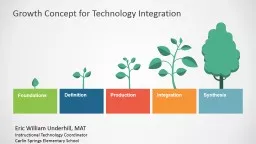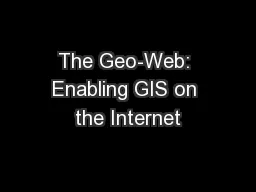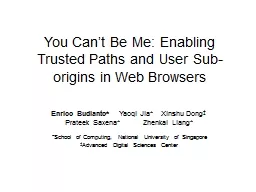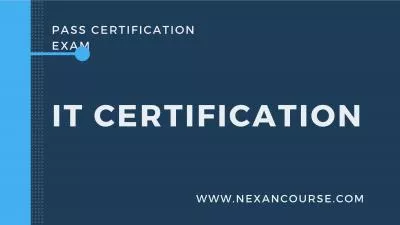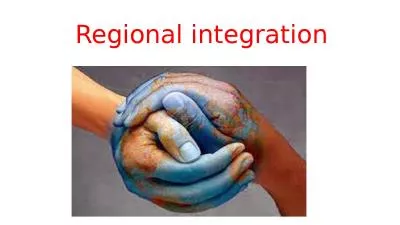PPT-5G – Enabling technology for web integration?
Author : olivia-moreira | Published Date : 2018-11-10
or not Is this déjà vu all over again Dan Warren Head of 5G Research Samsung Starting point 5G is different 2 S ervice application and business caseled definition
Presentation Embed Code
Download Presentation
Download Presentation The PPT/PDF document "5G – Enabling technology for web integ..." is the property of its rightful owner. Permission is granted to download and print the materials on this website for personal, non-commercial use only, and to display it on your personal computer provided you do not modify the materials and that you retain all copyright notices contained in the materials. By downloading content from our website, you accept the terms of this agreement.
5G – Enabling technology for web integration?: Transcript
Download Rules Of Document
"5G – Enabling technology for web integration?"The content belongs to its owner. You may download and print it for personal use, without modification, and keep all copyright notices. By downloading, you agree to these terms.
Related Documents

